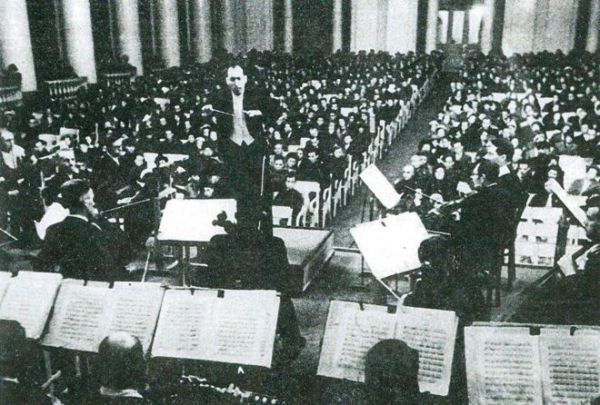
Dispatchers for emergency services are often subject to a lot of very
strange calls, but when Brandon Muir called to tell them that a parrot
had flown into the cab of his truck approximately 50 kilometres
northwest of Toronto, Canada, they said it was a first for them.
“It’s kind of outrageous to hear the whole story, really,” Muir said
with a laugh.
Because it was unseasonably mild, Muir had his passenger side window
down and all of a sudden heard an unusual fluttering sound on the
window, which turned out to be the sound of wings flapping.
“I looked up, and there was a parrot standing on the outside edge of my
pick-up truck!” he explained.
“He stepped right inside.”
Given that it was clearly an exotic bird that was likely someone’s lost
pet, once in the truck, Muir slowly put the window back up and ruffled
the bird’s tail feather in the process.
“So that prompted him to get onto the steering wheel,” he continued. “He
seemed extremely content, like, ‘Thanks! Let’s go!’”
Unsure of what to do with his unexpected new guest, Muir simply called
911 in hopes of being redirected to the police or animal control.
“They forwarded me to the Caledon dispatchers and I told them they were
going to think I was crazy and then explained the situation.”

After a long pause, the dispatcher admitted that
it was definitely the first time they had heard reports of a parrot knocking on car windows,
and ended up putting him in touch with an after hours Animal Control
officer. While Muir brought his new friend to the shelter to meet the
officer, his wife also managed to track down a few Facebook groups for
lost birds and were able to find a match.
Turns out the little green feathered beauty is a three-year-old female
Quaker Parrot named Baby who had escaped out of her owners home in
Bolton, Caledon, for the first time in her life three days earlier.
The Dedonato family has had her since she was a few months old, and when
their youngest son, Roman opened a door, Baby decided that she was
going on a grand adventure.

“After she flew out the door, we were looking for her everywhere,” Roman
explained.
His older brother had even climbed up on a neighbor's roof, got about a
foot away from Baby, and she flew away again.
Roman’s mother, Carol, explained that while Baby doesn’t often approach
strangers, she must have been pretty hungry by the time she found her
way to Brandon, and she couldn't be more grateful to him for returning
her safely.
"It's amazing the way that it all worked out, he (Muir) was at the
right place at the right time and someone else might have just shooed
her away," she said. "I can't even begin to tell you how grateful I am
that he did what he did. Without him, she probably wouldn't be here
today."
“It’s a miracle. We’re so happy to have her home,” Roman concluded.





















